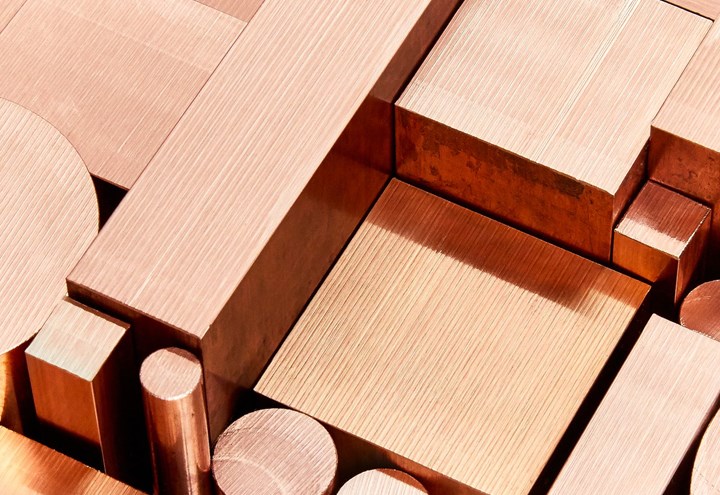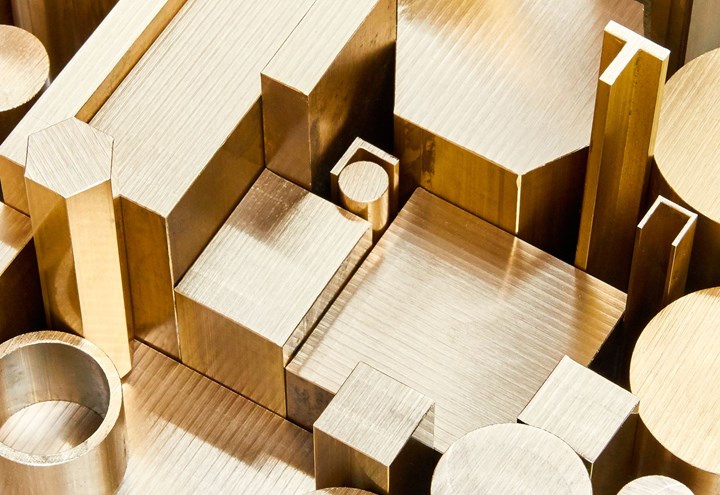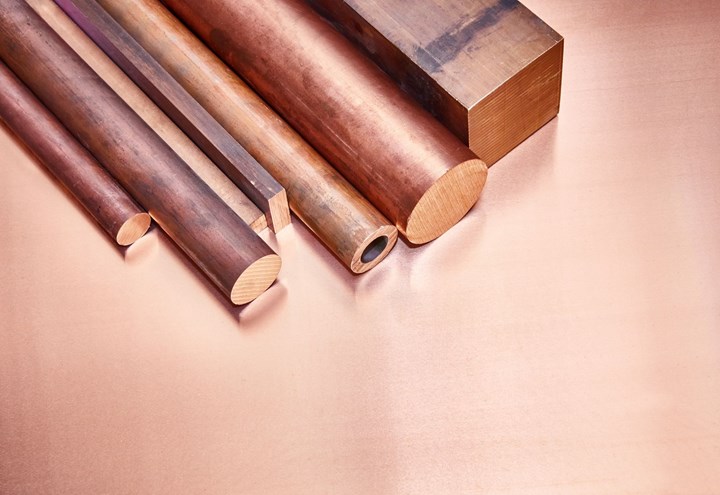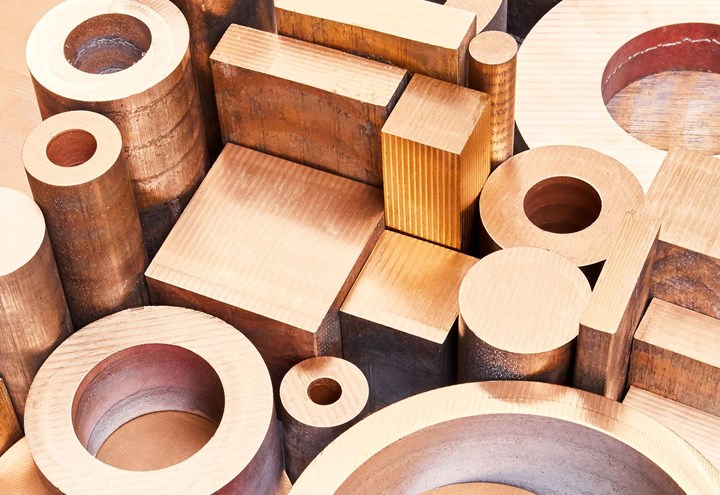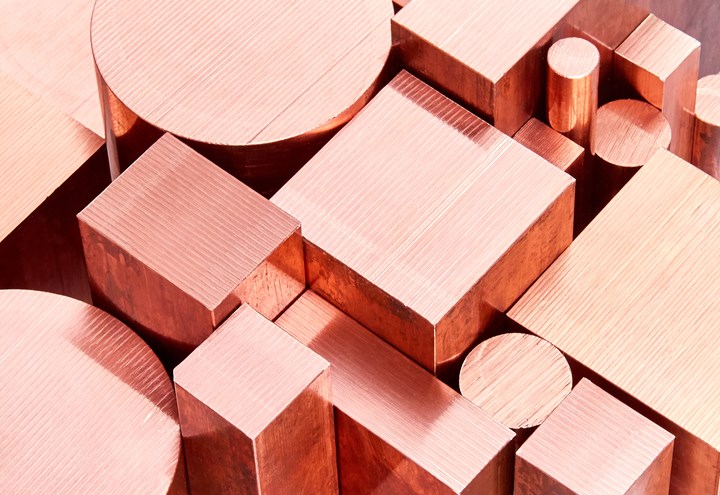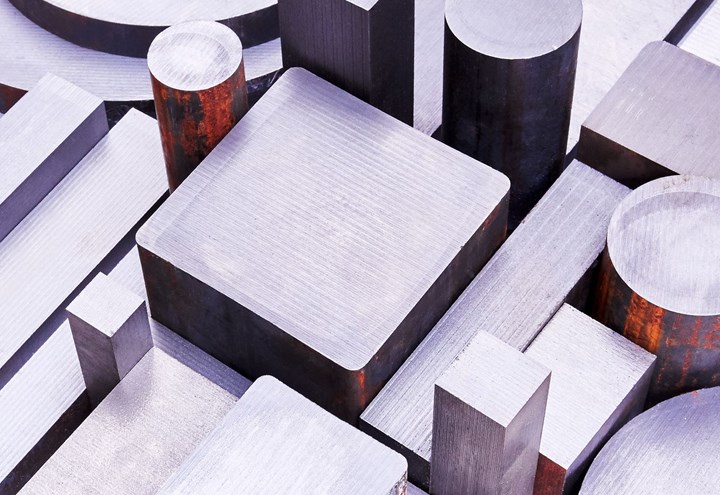Products
Copper
Copper has a high electrical and thermal conductivity. It has good corrosion-resistant properties, can be easily cold worked and strain hardened.
Brass
Brass has good corrosion resistance properties and in general is easy to machine.Compared to steel and aluminium alloys, brass cannot be hardened by heat treatment. However, one can control the strength by choosing a suitable alloy or by mechanical working (e.g. rolling, forging or cold drawing).
Bronze
Bronze differs from brass in its better mechanical properties and higher resistance to corrosion.A distinction is made between the listed wrought alloys (up to 8.5% tin content) and the cast alloys (see cast bronze). Not only copper-tin alloys are regarded as bronzes but also copper-aluminium alloys, e.g. CuAl10Ni5Fe4 are referred to as bronzes („Aluminium bronzes“).
Red brass, Cast Bronze, Lead Bronze
Cast bronze has high wear resistance and is used for highly stressed sliding and gear elements.Red brass has good sliding and emergency running properties. It has relatively good wear and cavitation resistance. It is therefore used for hydraulic systems, sliding bearings, gear wheels, worm gearing and diverse fittings. Lead bronze is corrosion resistant, has good sliding properties and is used for wheel bearings as well as composites and mold casting material.
Nickel Silver
Due to its nickel content, nickel silver is particularly hard and corrosion resistant.As is the case with all copper alloys, nickel silver can only be hardened mechanically, e.g. by cold forging or rolling. Heating (annealing) over approx. 500 °C re-softens the material.
Low Alloyed Copper
Low alloyed copper materials are used when it is necessary to maintain the conductivity of pure copper yet at the same time improve the mechanical properties or heat resistance.
Aluminium and Aluminium Alloys
Aluminium is a light metal; its density is approximately a third of the density of steel.Pure aluminium forms a thin oxide layer when it comes into contact with oxygen which results in a mat, dull appearance.By adding alloying agents, e.g. magnesium, silicon, copper and other metals, the mechanical properties can be changed, e.g. for improving the properties for drilling, turning and milling (AW-Al Cu4PbMgMn) or increasing the strength (e.g. for AW-Al Si1MgMn).
Cast Iron
Cast iron refers to a group of iron alloys that have a high percentage of carbon (> 2 %) and silicon (> 1.5 %) as well as e.g. manganese, chrome or nickel. Grey iron contains carbon in the form of graphite.
Cast iron with flake graphite (GGL/GJL)
The graphite structure defined as lamellar graphite determines the characteristic properties of this material group e.g. strength, machinability, wear resistance, damping characteristics, heat conductivity, etc.
Cast iron with spheroidal graphite (GGG/GJS)
Due to the spherical formation of the graphite, the ductile cast iron acquires special properties compared to the flake graphite; tensile strength, yield strength and E-module are improved, expansion and impact strength are increased.
